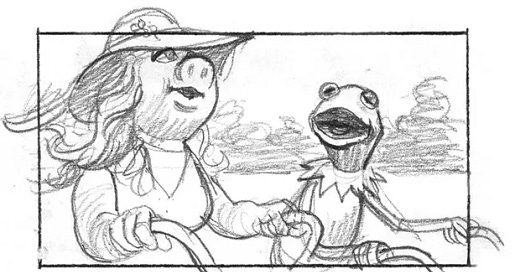Noted is 3 months old! I’m so thankful for all of you who have subscribed, liked, shared, recommended, and commented! It means a lot to know that so many people are enjoying this newsletter. Your support motivates me to keep it coming, and I’ve got a great line up planned for the next 3 months!
To celebrate, let’s take a look at Jim Henson’s notes!
Keep reading with a 7-day free trial
Subscribe to Noted to keep reading this post and get 7 days of free access to the full post archives.





